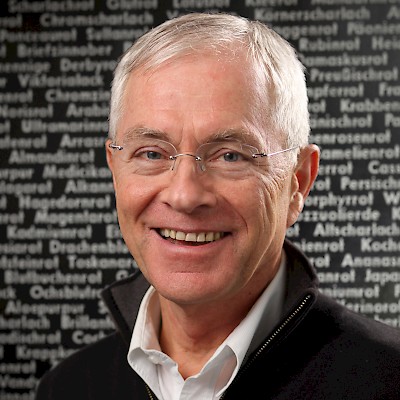László Földényi ist Professor für Komparatistik an der Eötvös Universität, Budapest und Leiter des Lehrstuhls für Kunsttheorie an der Akademie für Schauspielkunst. László Földényi schreibt Essays zur Kultur- und Kunstgeschichte, seine Bücher wurden in mehrere Sprachen übersetzt. Herausgeber der gesammelten Werke Heinrich von Kleists in ungarischer Sprache. 1988/1989 war László Földényi Gast des DAAD Künstlerprogramms in Berlin, im akademischen Jahr 2001/2002 arbeitete er als Fellow-in-Residence am Netherlands Institute of Advanced Study (NIAS), Wassenaar. Im Frühjahr 2005 war er Visiting Fellow im IFK, Wien.
2002 erhielt László Földényi den Blauen-Salon-Preis des Literaturhauses Frankfurt, 2005 den Friedrich-Gundolf-Preis der Deutschen Akademie für Sprache und Dichtung. Seit 2009 Mitglied der Deutschen Akademie für Sprache und Dichtung.
Biography Between Fiction and Truth
Is it a criterion of reliability in biographies that the author sticks to the facts? The biographer is supposed to use everything but his imagination. For him, facts are heavy as lead. However, the facts that are available to a biographer are not scientific: they are subject to change in opinions. In the world of socalled postfactuality often subject to the facts of the simulation. Documentary filmmaker Michael Moore said in his acceptance speech at the 2003 Academy Awards: »We like nonfiction and we live in fictitious times.« Moore’s thought also provides an explanation for both the popularity of the biography genre and the unreliability of many biographies. Already at the beginning of the nineteenth century, Thomas de Quincey complained about the genre of biography in the conventional sense; he claimed that it was »wearisome and useless« when a biography progressed chronologically and confined itself to the inventorylike enumeration of events. Rather, one has to represent the double character (»doubleness«) of life, which for De Quincey consists in the unity of outer and inner life. For this purpose, the biographer must penetrate with a kind of »deep hole« in the formative moments of each life and then show those »deep impressions,« which have shaped even more than the external impressions of the person’s life. These deep impressions are the most formative and the least visible. Regarding De Quincey's autobiography, Virginia Woolf wrote: »the art of biography ... is being transformed ... the slow opening up of single and solemn moments of concentrated emotion.«
